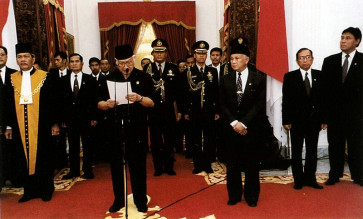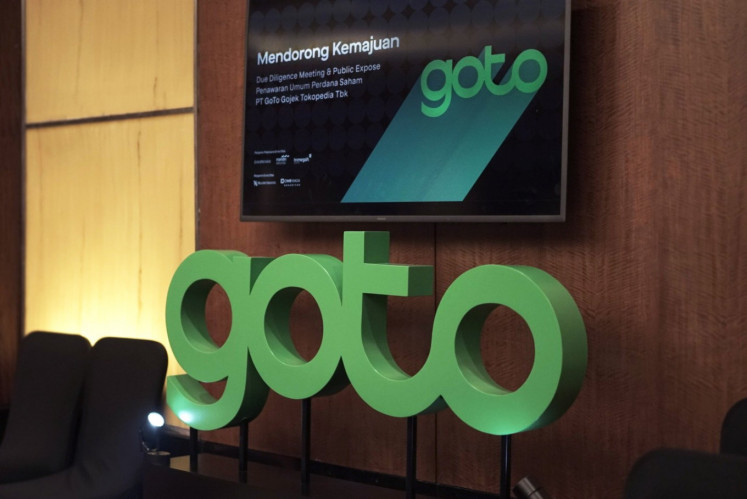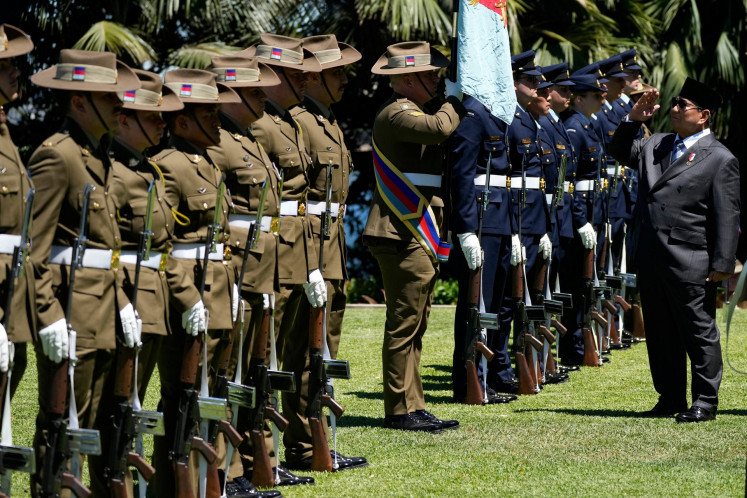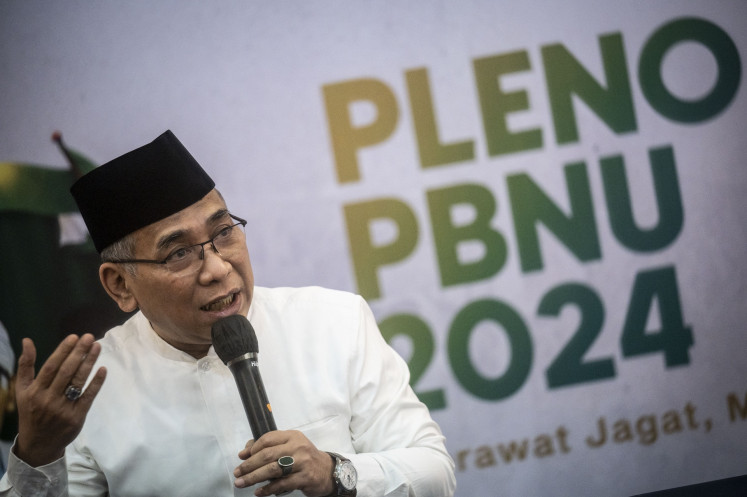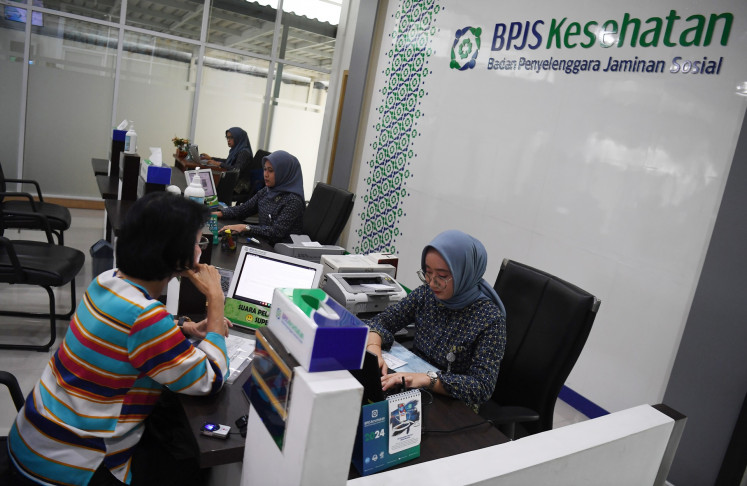Popular Reads
Top Results
Can't find what you're looking for?
View all search resultsPopular Reads
Top Results
Can't find what you're looking for?
View all search resultsWhen a queen returns: Finance, inclusion and the colonial echoes of advice
Beneath the politeness of a visit, there is a layered history, highlighting how global finance continues to be intertwined with colonial histories and ongoing inequalities.
Change text size
Gift Premium Articles
to Anyone
W
hen President Prabowo Subianto months ago casually mentioned that Queen Máxima of the Netherlands will visit Indonesia this week to discuss finance, it might seem like a simple remark. However, in Indonesia, where history and hierarchy remain influential, the idea of a European monarch coming to advise the country on its financial system raises some meaningful questions, about sovereignty, memory and the moral framework of global finance.
To clarify, Máxima is not visiting in her role as a royal representative of the Dutch government. She will travel as the United Nations Secretary-General’s Special Advocate for Inclusive Finance for Development (UNSGSA), a position she has passionately supported since 2009. In this role, she has been a strong advocate for “financial inclusion,” collaborating with governments to broaden access to banking, insurance, and digital payment systems. Indonesia, with its vast and diverse islands, has been one of its main focus areas: a place where mobile technology is widely used, yet millions of people still do not have access to formal financial services.
The way this visit looks on the surface is essential. Post-colonial sensitivities are closely connected to technocratic missions, especially when the person delivering the message holds a royal title from the country that once governed these islands. “Inclusive finance” might seem neutral or even kind, but underneath, it is built on a complex web of conditions, metrics and governance rules that influence what “inclusion” really means and who gets to benefit from it.
Indonesia has seen impressive progress since Máxima’s visits in 2016 and 2018. The launch of Bank Indonesia’s BI-FAST system has enabled real-time payments across the country, the Financial Services Authority (OJK) has enhanced consumer protection, and the Finance Ministry is working to incorporate financial literacy into the national strategy. However, these advancements also bring a trade-off, increasing inclusion through digitalization often involves capturing more data and understanding people's behaviors and monitoring.
Financial inclusion today aims to balance social justice with expanding markets. The same digital tools that help a street vendor accept cashless payments can also pose risks like predatory lending, credit algorithms and biometric oversight. When Máxima talks about “financial health,” it is important to consider whose health is being assessed and based on what standards.
This tension reflects the wider North–South relationships in global finance. Programs supported by multilateral institutions, such as the World Bank, International Monetary Fund and G20, encourage developing countries to adopt digital payments and expand access, yet the infrastructure is still centered in major global financial hubs. Sometimes, the idea of “inclusion” can inadvertently turn into a way to extract value, pulling the poor into debt and data markets under the guise of progress and empowerment.
In Indonesia, this conversation is deeply connected to the country's history of Dutch economic control, from the Cultivation System to the Ethical Policy, and from plantations to debt peonage. Today, the discussion around "financial inclusion” can sometimes sound like it carries the same paternal tone: promising to help manage money, teaching savings or building creditworthiness. While the language around generosity has evolved, the imbalance of power still lingers.



